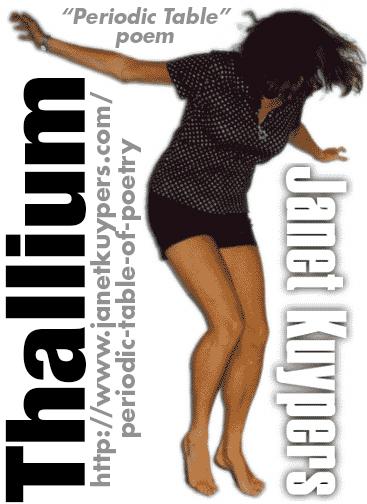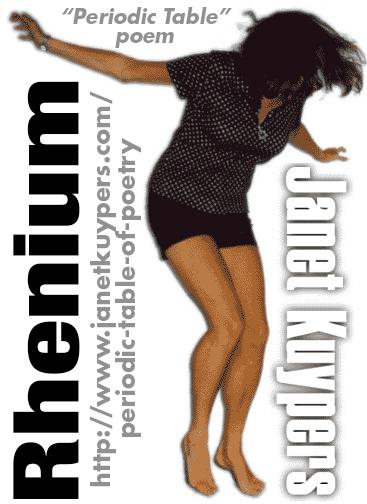Janet Kuypers reading her poem “New to Chicago” from memory live 3/4/15 at the open mic the Café Gallery in Chicago (Canon fs200)
“new to chicago”
(poem by Jaet Kuypers)
I’m still new to this city
I know, I know, I’ve been here for years
but I haven’t gone to the Sears Tower Observatory
since my Junior Prom
but when I walk by the First Chicago building
the beams along the north side
sloping up, parabolic pillars curving up to the sky
when I walk by the First Chicago building
I walk up along the side
and lean up against one of the sloping pillars
press my body against the cold concrete
feel the cold against my chin, my breasts, by thighs
and look up along the curve, stretching up towards the sky
you know, these pillars look like race tracks
and I could see something come rushing down that curve
a matchbox car, a race car
a marble, a bowling ball
a two-ton weight
I see the speed, the power, and it
almost makes me afraid to look up
and every time I walk by the First Chicago building
I do the same thing, I do this little ritual
and it feels like the first time
Janet Kuypers reading her poem “New to Chicago” from memory live 3/4/15 at the open mic the Café Gallery in Chicago (Canon Power Shot)
Janet Kuypers reads portions of her India Journals< (from 20150111 9:25PM IST) at the open mic the Café Gallery in Chicago (Canon fs200)
Janet Kuypers reading William F. Meyer Jr.’s poem “Cave Woman / Cave Man Soliloquy I” from the Down in the Dirt collection book What Must be Done live 3/4/15 at the open mic the Café Gallery in Chicago
Janet Kuypers reading Catherine B. Krause’s “The Herd” from the current issue of cc&d magazine’s “the Curve of Arctic Air” live 3/4/15 at the open mic the Café Gallery in Chicago
Janet Kuypers reading Robert Bates’ prose “Knockout” from Down in the Dirt mag (the Jan./Feb. 2015 issue, v127) titled “Treading Water” live 3/4/15 at the open mic the Café Gallery in Chicago
Janet Kuypers reading C Ra McGuirt’s poem “If you read this poem, then you will die” from the 2015 “need to know” literary date book live 3/4/15 at the open mic the Café Gallery in Chicago
Janet Kuypers reading Rex Sexton’s poem “this is not a poem” from the 2015 “need to know” literary date book live 3/4/15 at the open mic the Café Gallery in Chicago
See YouTube video
of Janet Kuypers hosting the open mic 3/4/15 at Gallery Cabaret’s the Café Gallery in Chicago




